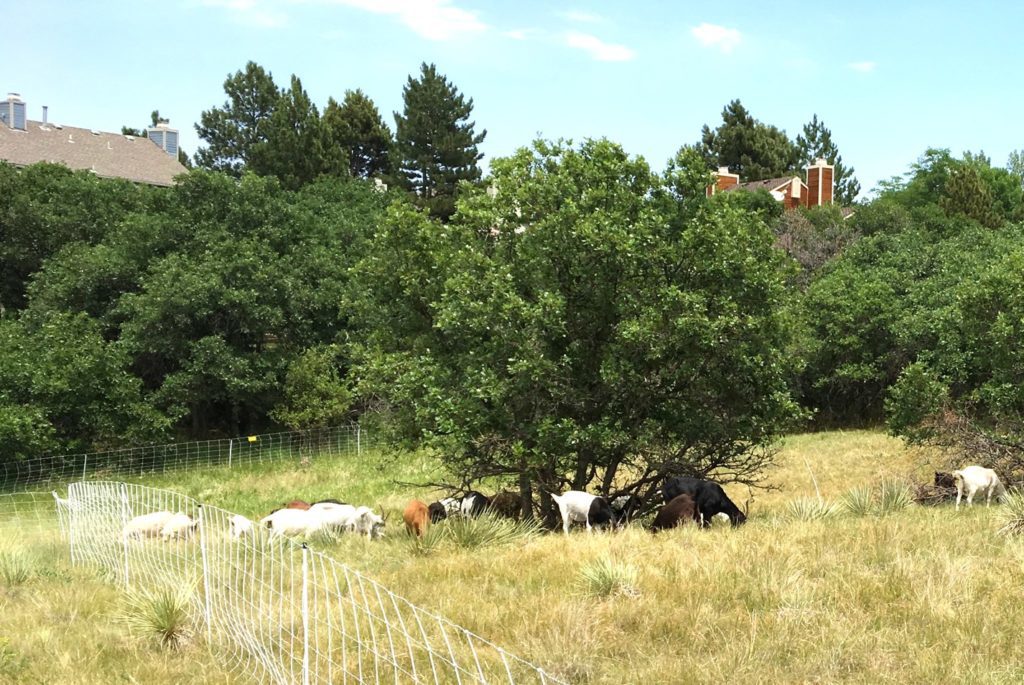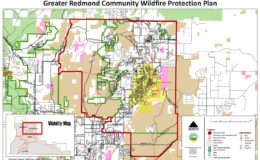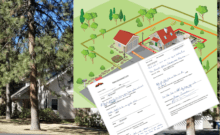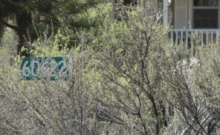This blog was originally posted on Fire Adapted Communities Learning Network’s Blog: https://fireadaptednetwork.org/why-residents-refuse-wildfire-mitigation-money/ by Einar Jensen with South Metro Fire Rescue. It provides a great lesson learned on how we can all work together but first we need the right tools.

A high-risk neighborhood refusing a $13,500 mitigation grant is a fantastic failure.
The year was 2013, and I was on top of my game. I was (and still am) a risk reduction specialist for South Metro Fire Rescue. In addition to teaching wildfire prevention, injury prevention and emergency preparedness to elementary-school students and elders, I coordinate wildfire mitigation outreach. I did it all, and well, or so I thought. In the latter role, I explain the benefits of mitigation to homeowners and collaborate with them on mitigation projects, including securing funding.
For several years, I worked with The Retreat, a neighborhood of 67 homes within the City of Castle Pines. At least annually, I discussed fire adaptation at homeowners’ association (HOA) meetings, and I had conducted home ignition assessments for several homeowners.
Eventually, South Metro Fire Rescue chose The Retreat as our top priority given a number of factors, including its position on the priority list in the Castle Pines North Community Wildfire Protection Plan and the HOA leadership’s willingness to conduct mitigation.
The greatest risk facing these residents, aside from the fuels growing in their own backyards, was a collective one posed by 10 acres of oak-covered open space surrounding their homes. In many cases, the dense, unmanaged oak groves stretched into backyards. Gambel oak isn’t always flammable, but when it does ignite, it can generate immense heat and produce a blizzard of embers.
Applying for a grant from Colorado’s Department of Homeland Security and Emergency Management to reduce the oak seemed appropriate. The HOA board of directors agreed that mitigation was overdue and, finally, we had a potential way to fund it.
The trouble started after we applied for the $9,150 grant in the summer of 2013. The grant wasn’t awarded until the summer of 2014, and by then the cost of the project had increased to $13,500. Fortunately, the Coalition for the Upper South Platte (CUSP) was willing to cover the difference with another grant.
But something else changed during that year. Despite being in the shadow of 2013’s Black Forest Fire, residents had changed their mind about the costs and benefits of mitigation. Or maybe they didn’t. In fact, the HOA leadership remained committed to the grant, but the residents hadn’t shared their opinions during the application process.
I assumed residents shared their board’s enthusiasm for the project. The scope of work was straightforward and based on accepted standards:
- Remove all oak within 15–20 feet of residential yards.
- Target old, dead patches, especially those with significant top kill.
- Leave clusters of oaks that are four or more inches in diameter.
- Create small openings to create a mosaic of oaks.
I assumed wrong.
And now, residents were demanding to vote on the project rather than let the HOA Board make the decision on whether to proceed. In an effort to ease concerns, I proposed a pilot treatment site behind the home of one resident who was ambivalent about the project. The masticator shredded the oak to the scope of work’s standards. Although the treated area looked great to our contract forester and me, several residents observing the work were horrified. I stopped the pilot treatment.
The results of the neighborhood vote were closer than I anticipated, but the decision was not a surprise. Twenty-eight residents voted against the project while only 22 voted in favor of it. The HOA board paid the mastication firm for the pilot site work and South Metro Fire Rescue returned the grant money to CUSP and the state.
The project and, by extension, the efforts of its coordinator (me) were huge failures. It was hard for me to accept the homeowners’ decision because it conflicted with my beliefs about wildfire risk, personal responsibility and firefighter safety. Their decision also suggested I wasn’t a good ambassador for fire adaptation because I hadn’t changed their attitudes.
Hindsight and distance are great tools. I now believe my bigger mistake was in not assessing the homeowners’ attitudes and offering them options that resonated with those attitudes. As a risk reduction specialist, I’m not responsible for changing the attitudes of others. I am responsible for changing awareness about issues so that audiences can change their attitudes if they are so inclined. Learning happens within the learner.
I also learned that I needed to adjust how I approached residents in the wildland-urban interface (WUI). I had assumed residents were unaware about their risk and that if residents didn’t voice objections that they supported projects. Research from Sarah McCaffrey and other USDA Forest Service research foresters suggests that residents are familiar with their wildfire risk but balance the costs and benefits of mitigation differently than land managers, risk reduction specialists and firefighters.
This research has changed how I approach WUI homeowners.
After two years of not feeling welcome at The Retreat HOA meetings, in 2015, I contacted the new board about using goats for mitigation. I explained that I knew residents recognize wildfire risk but also value the views of oak in their open space.
My email to the board president read: “I’d like to meet with you to discuss a new form of mitigation for The Retreat’s open space. No tractors. Promise!”
His reply: “If it’s goats — we’re in!”
These residents never opposed the theory of mitigation, and they recognized the threat wildfire posed to their families and neighborhood. They did, however, oppose using a masticator and its lack of precision. Goats, luckily, treat oak differently than masticators. They eat the leaves and lower branches without impacting the canopy, and because they remove the lower fuels, canopies are left better protected from burning in low- and moderate-intensity wildfires
Like what you see? Subscribe to FAC Net’s blog to have stories like this delivered to your inbox weekly.




